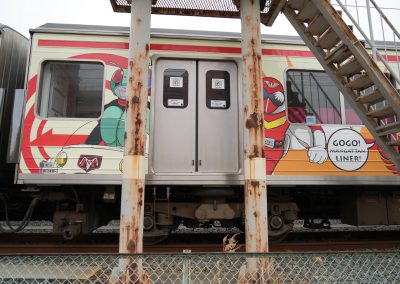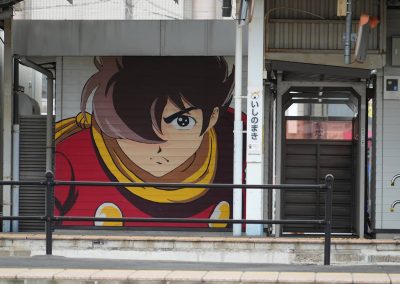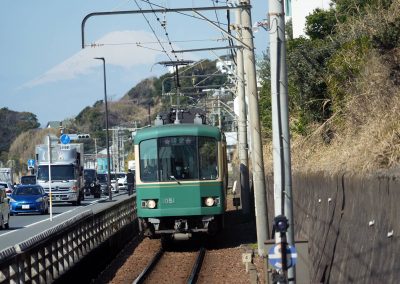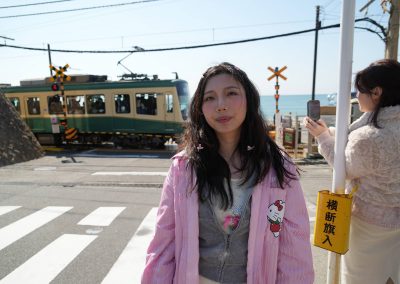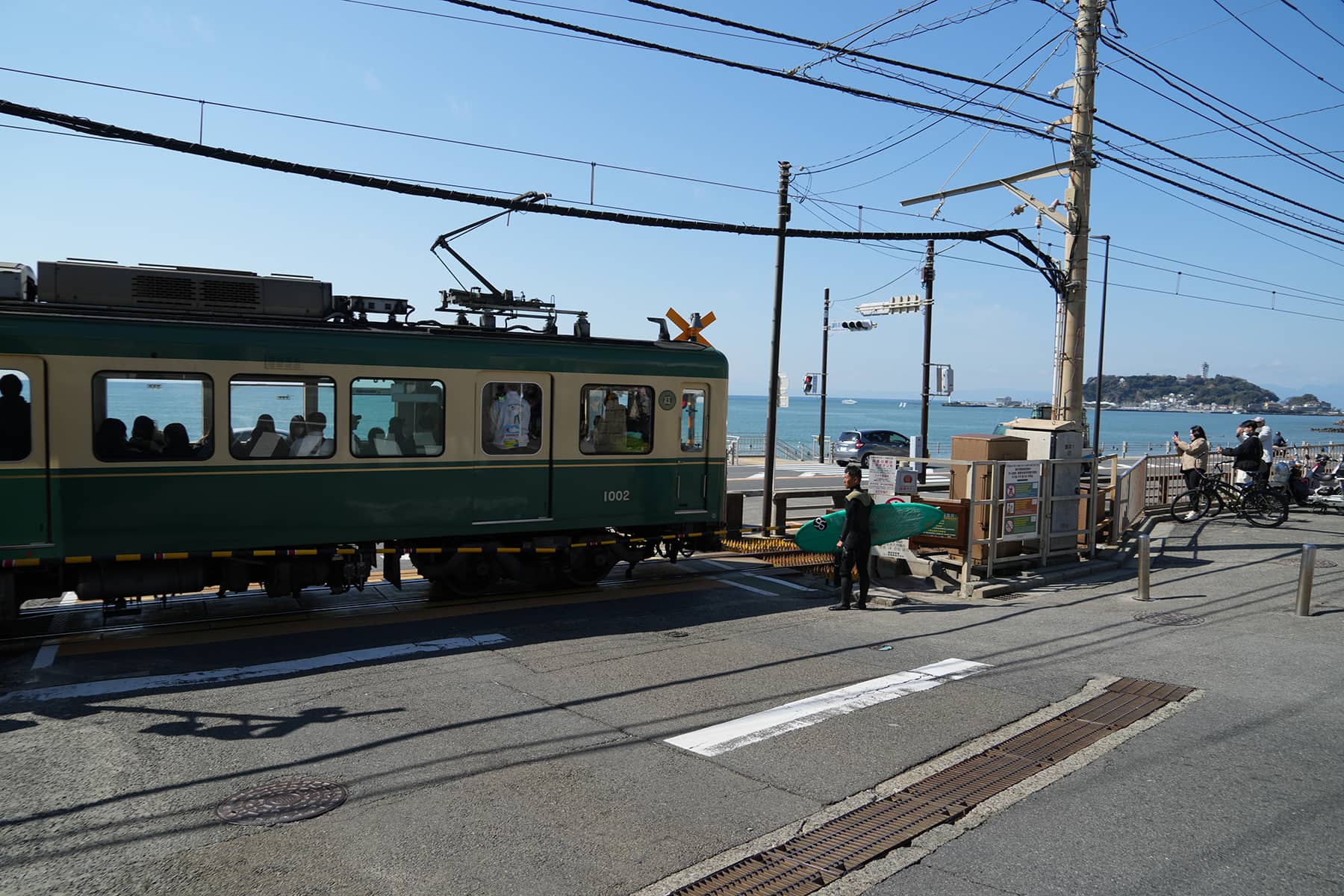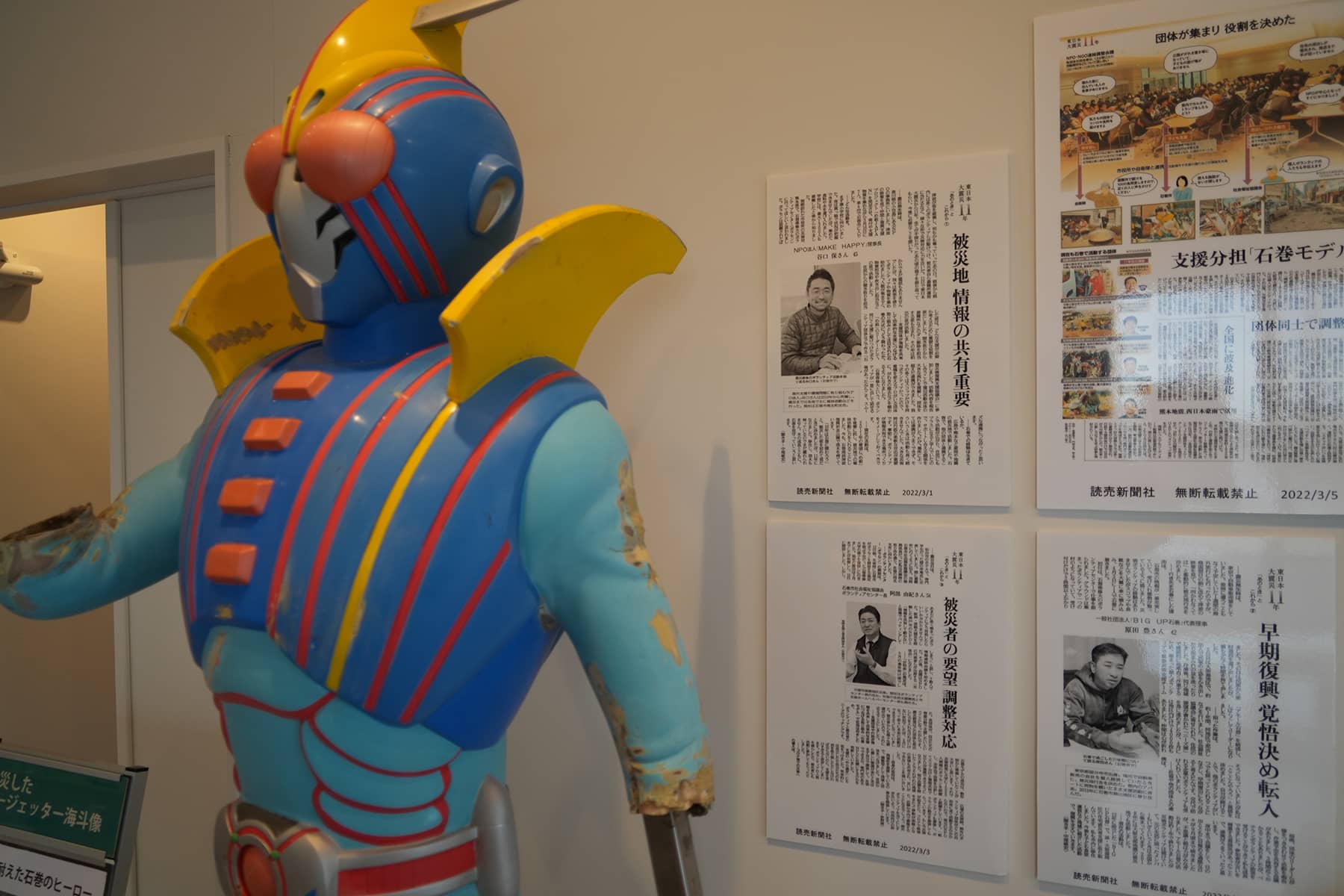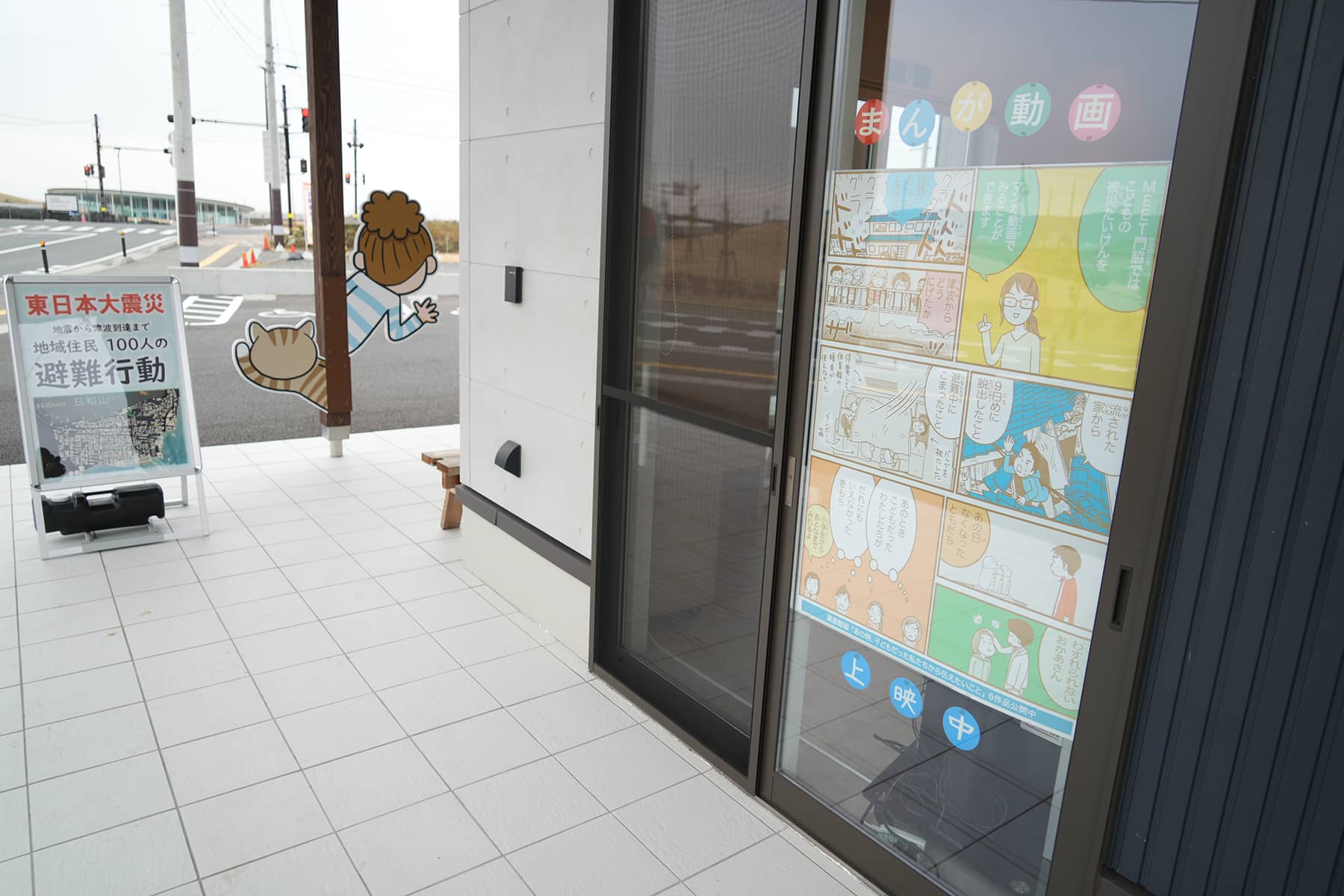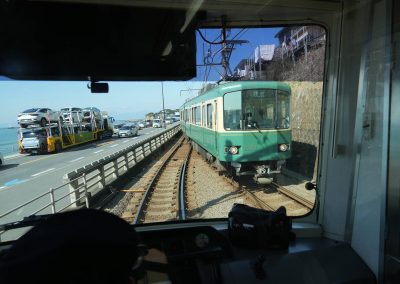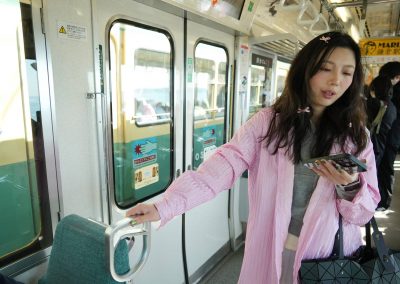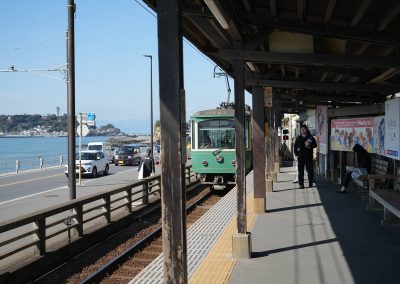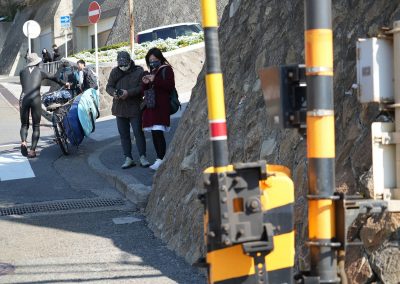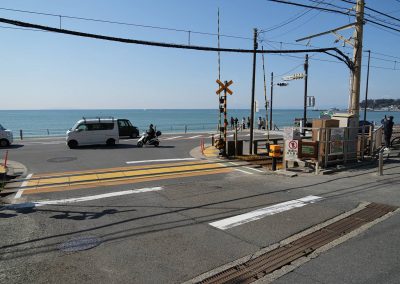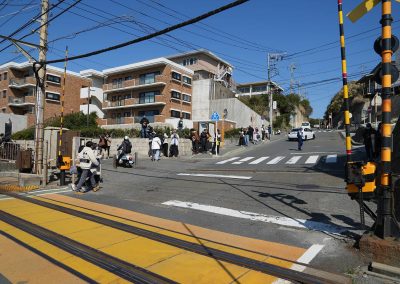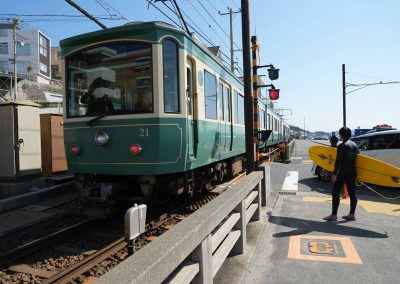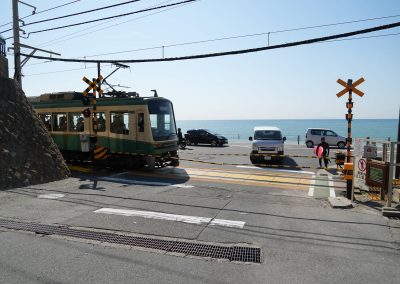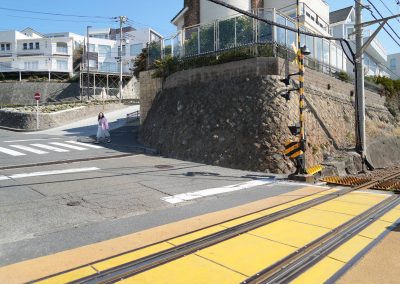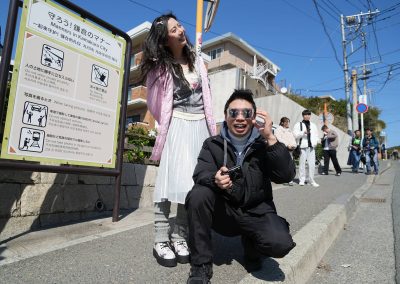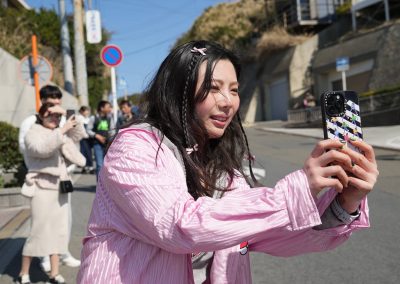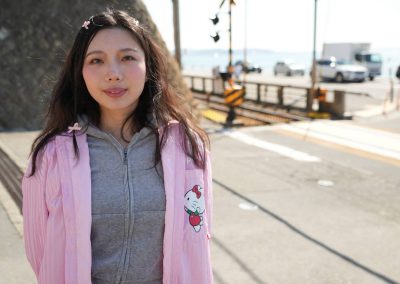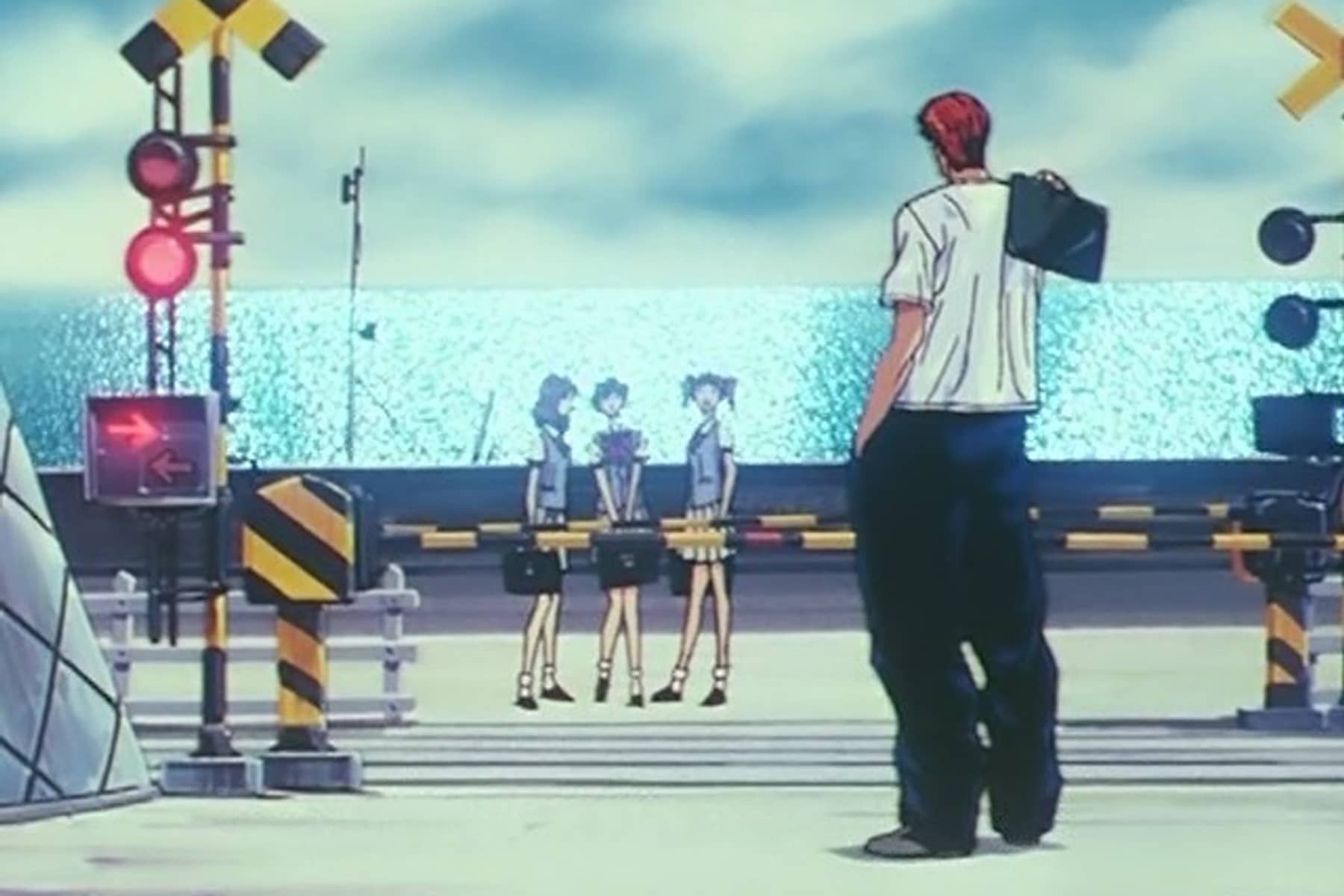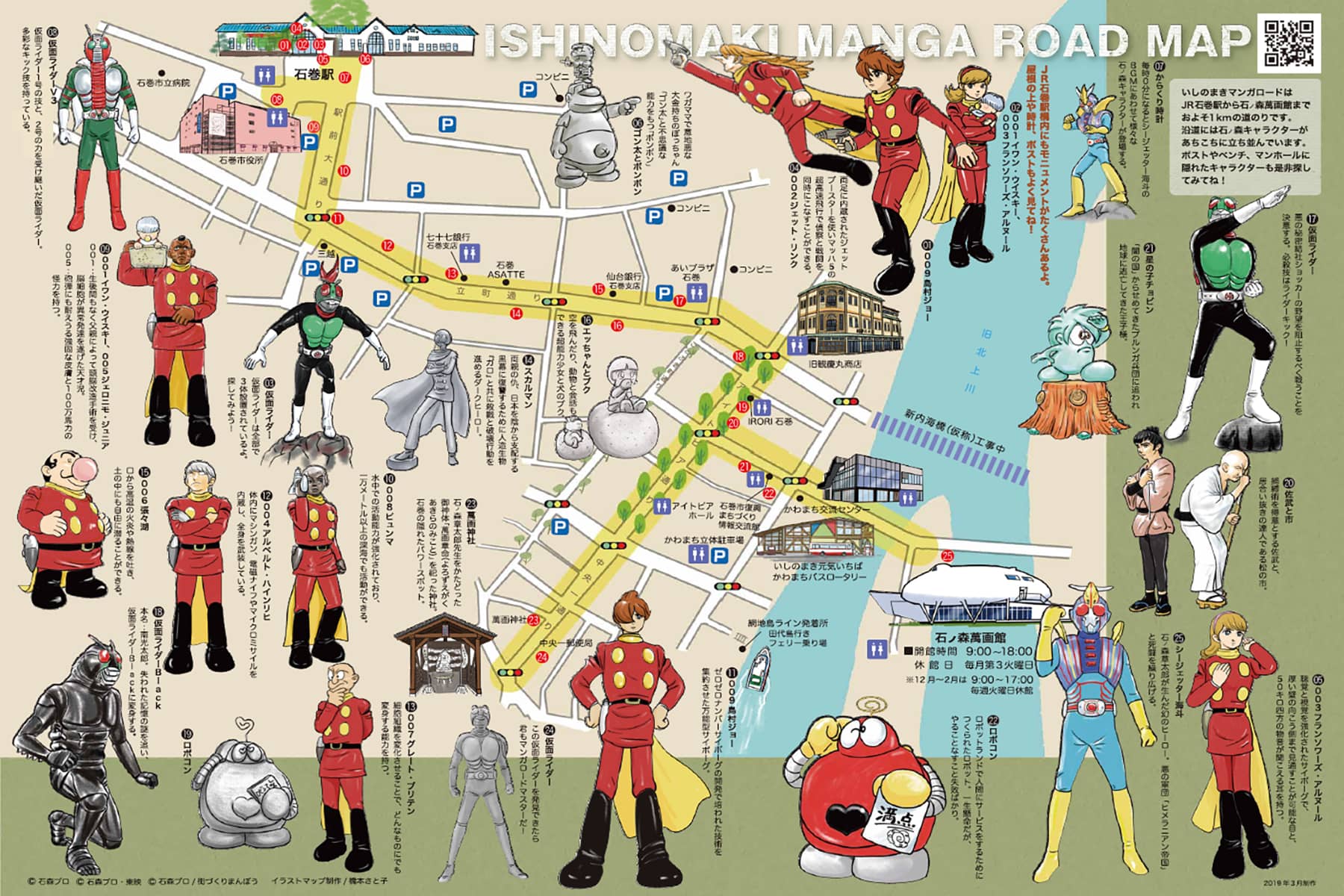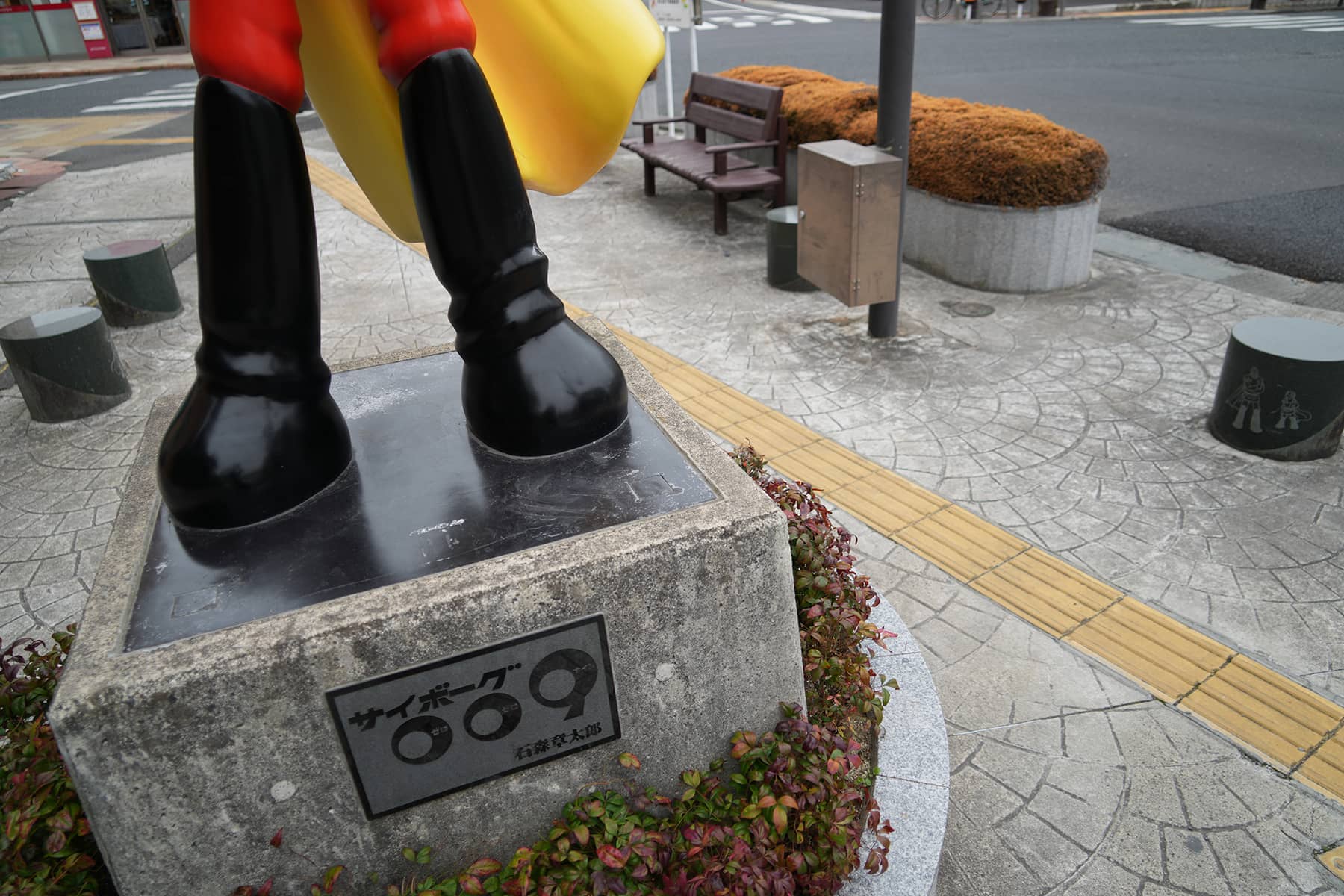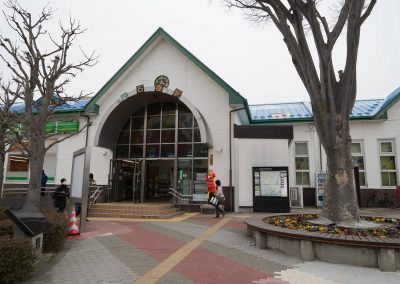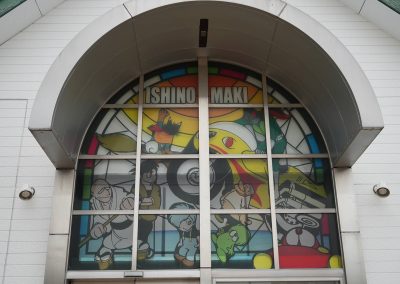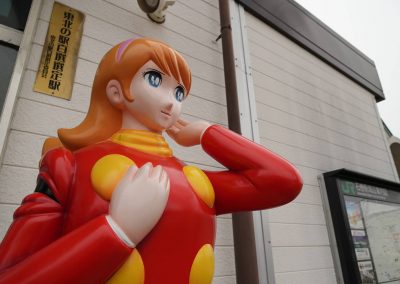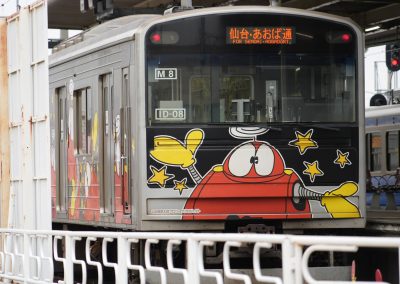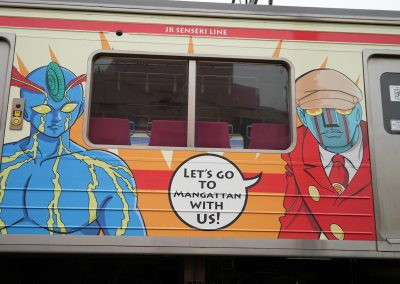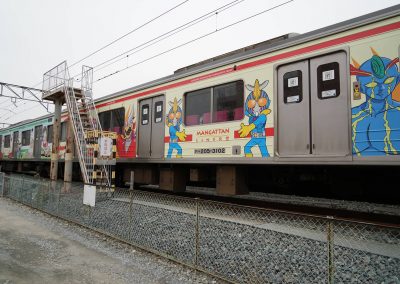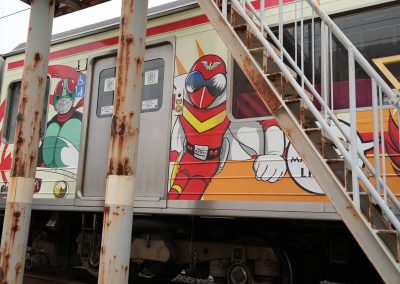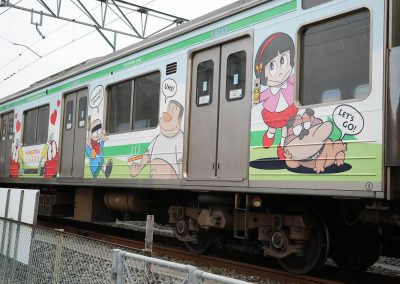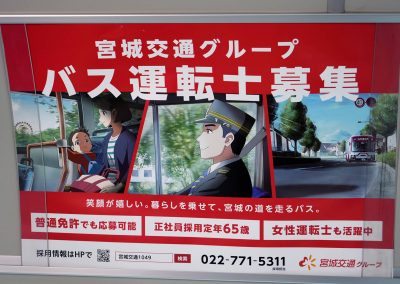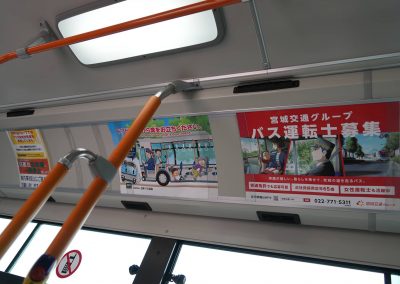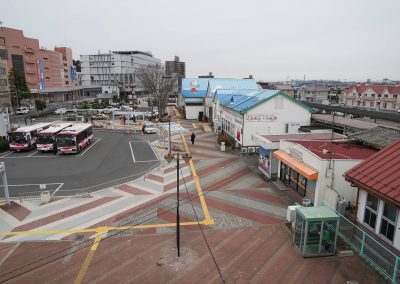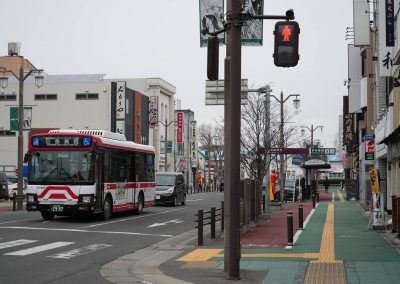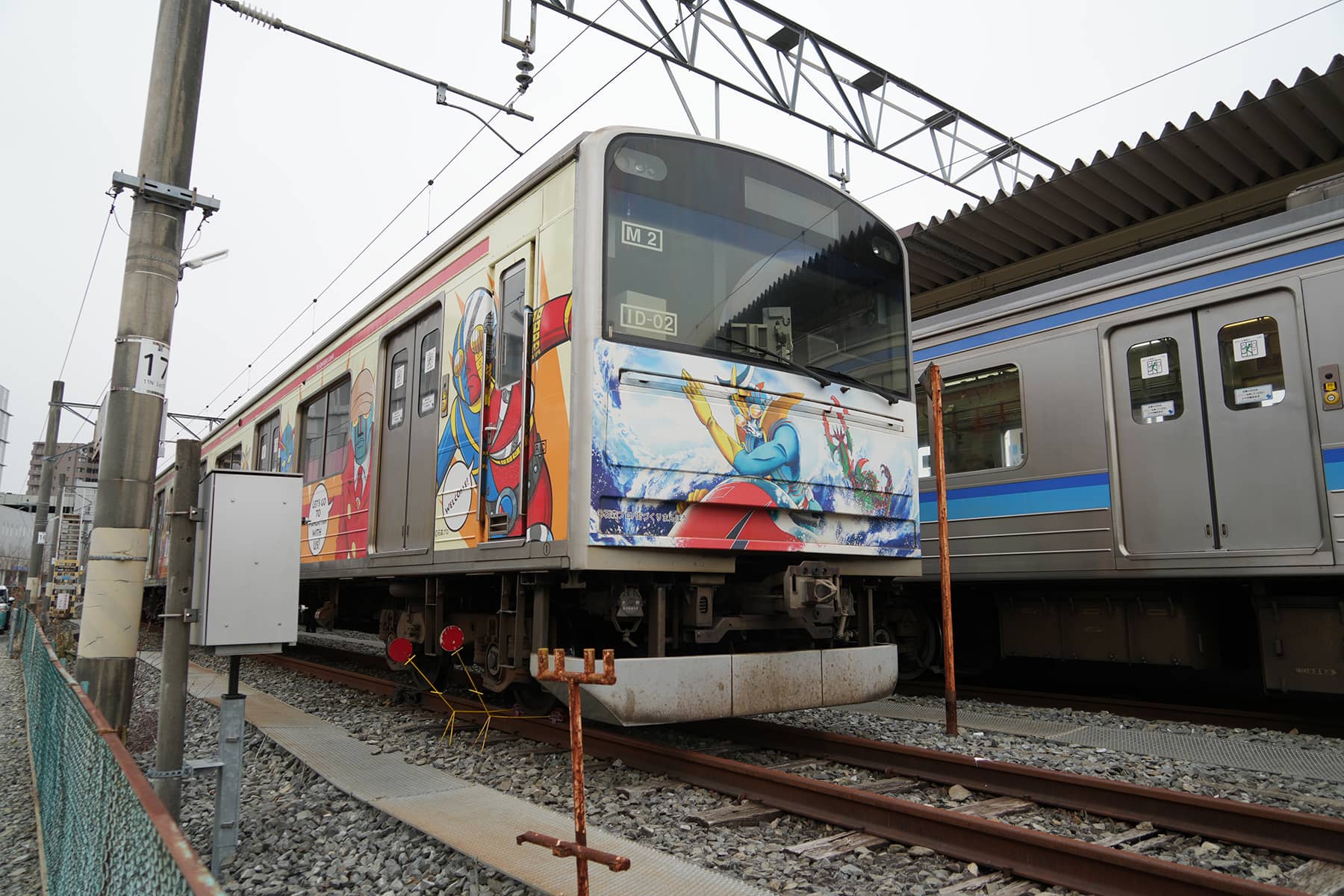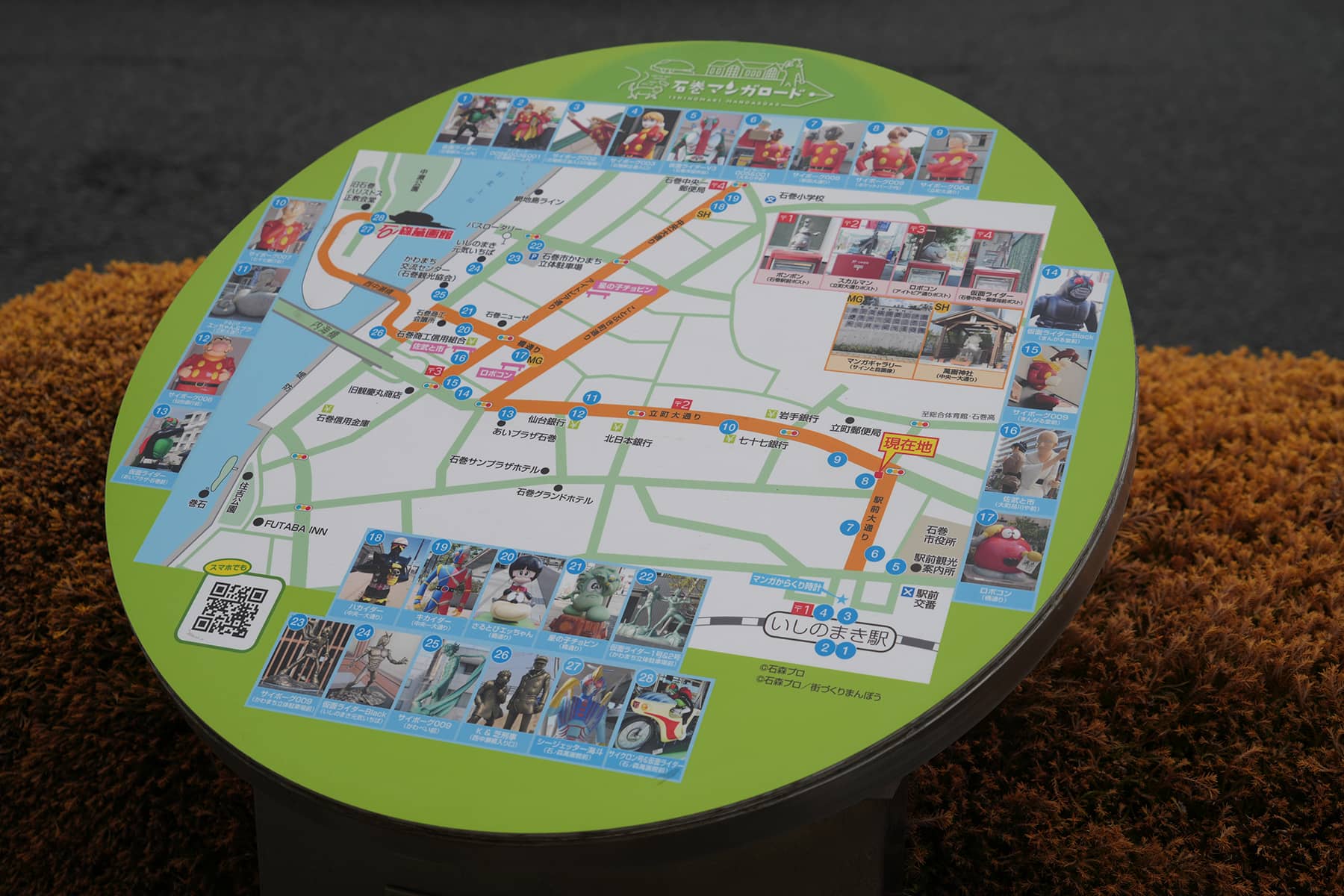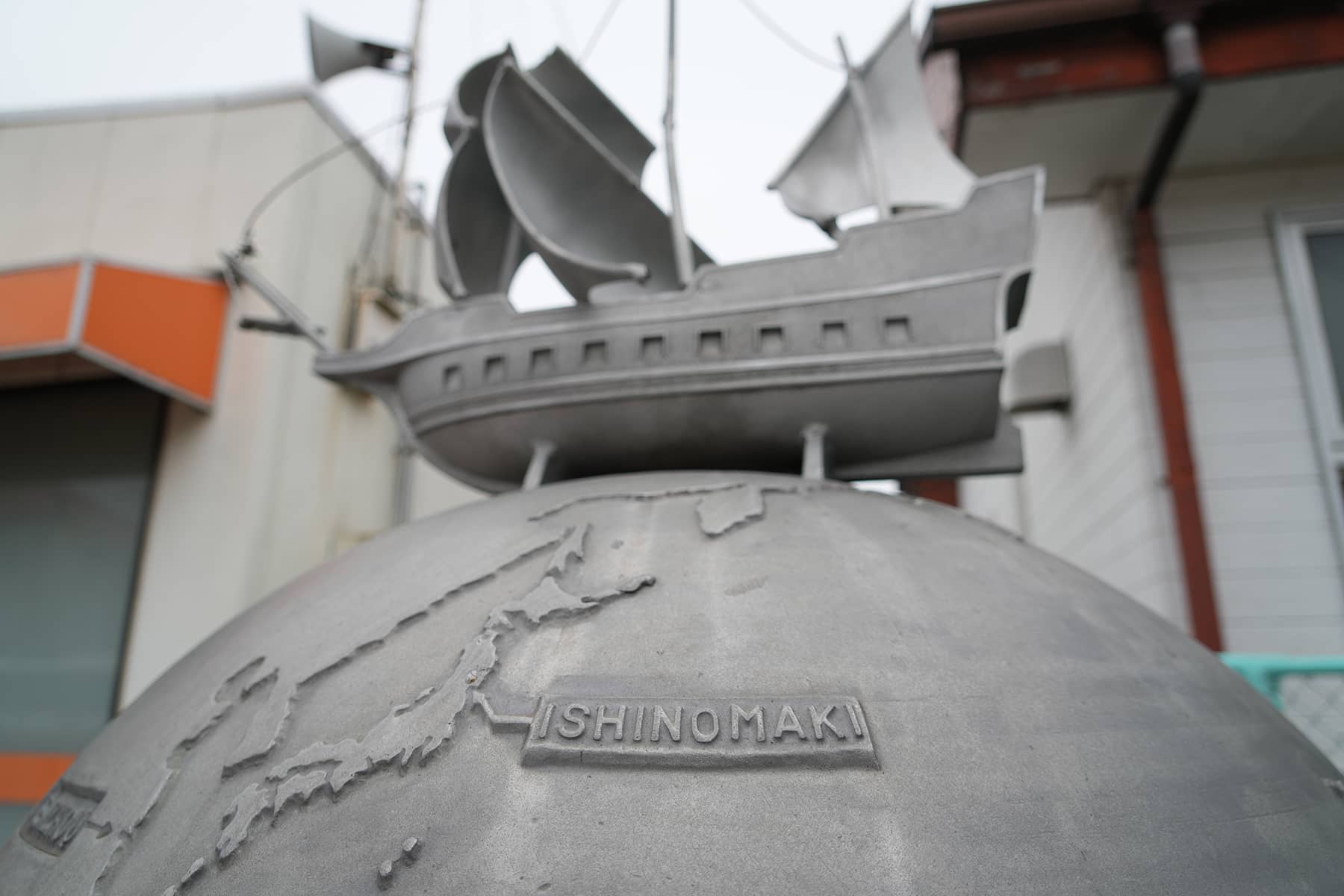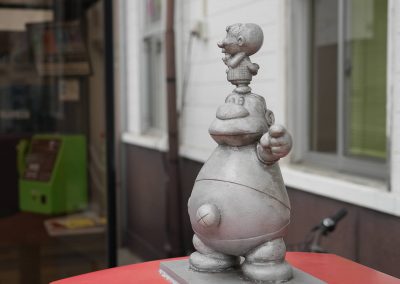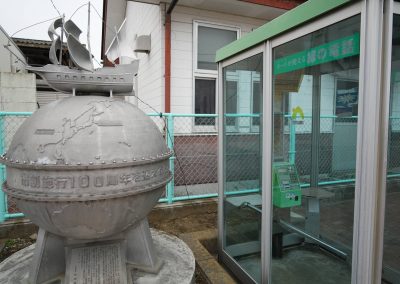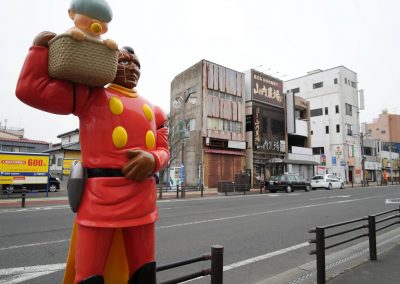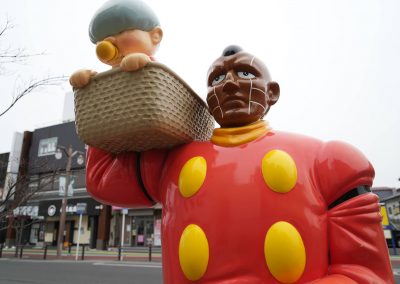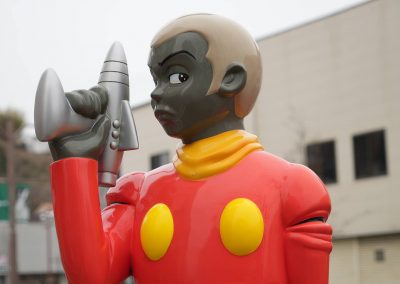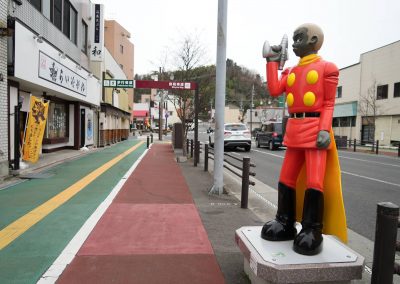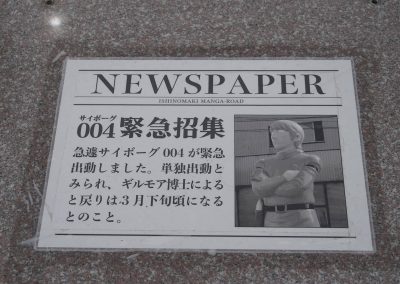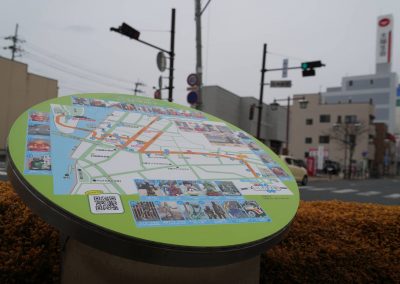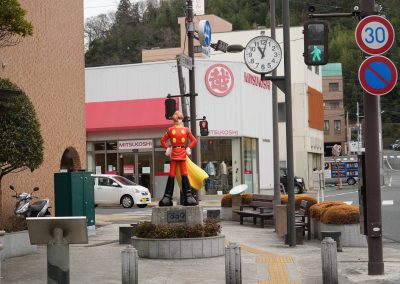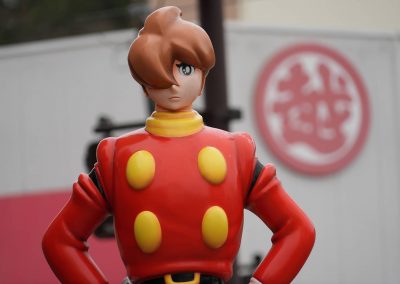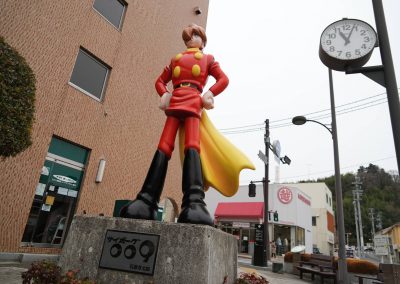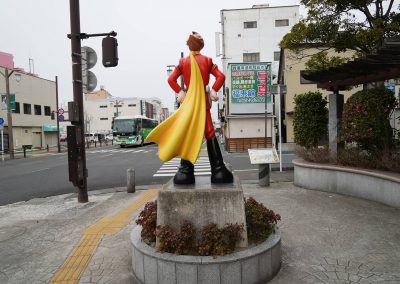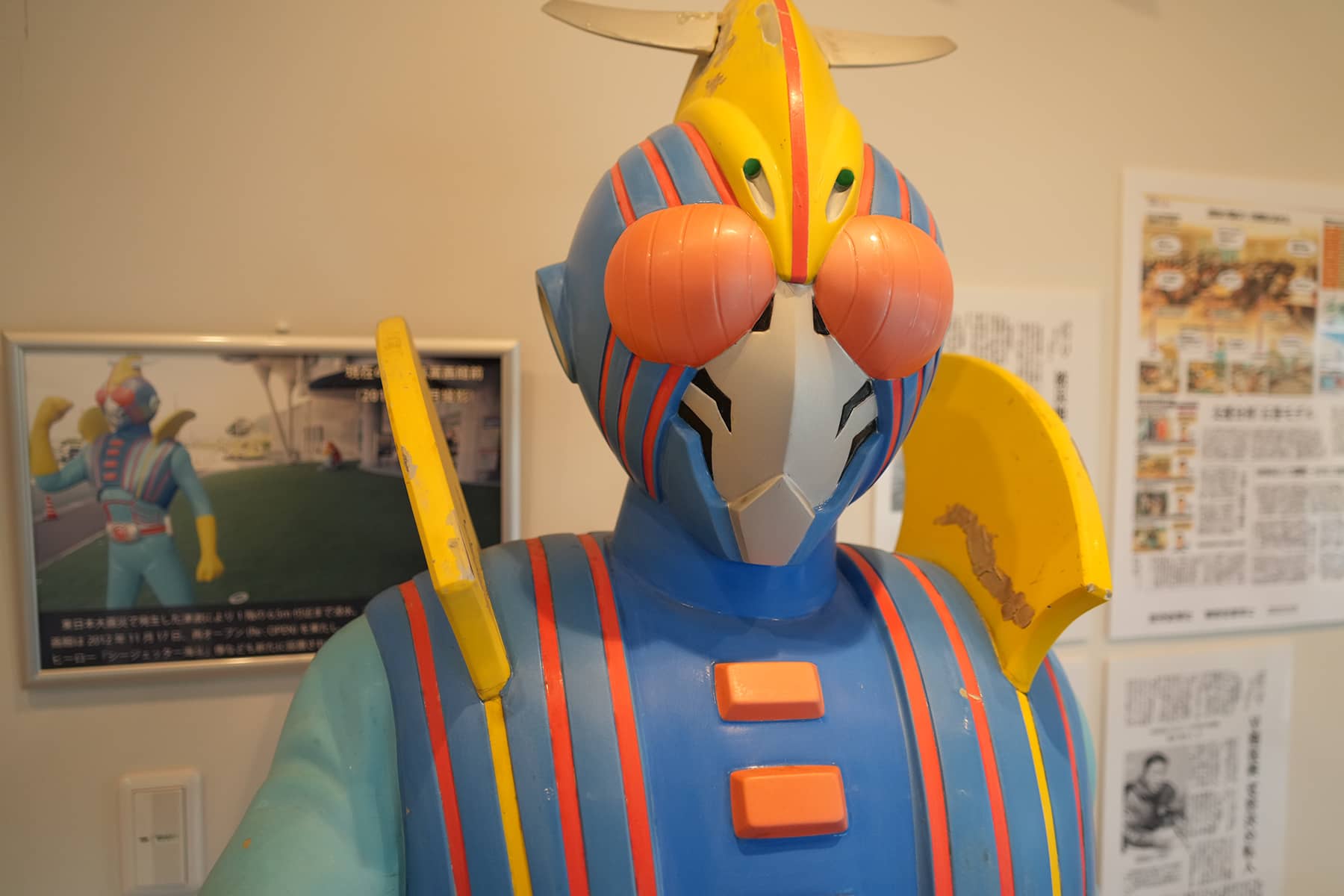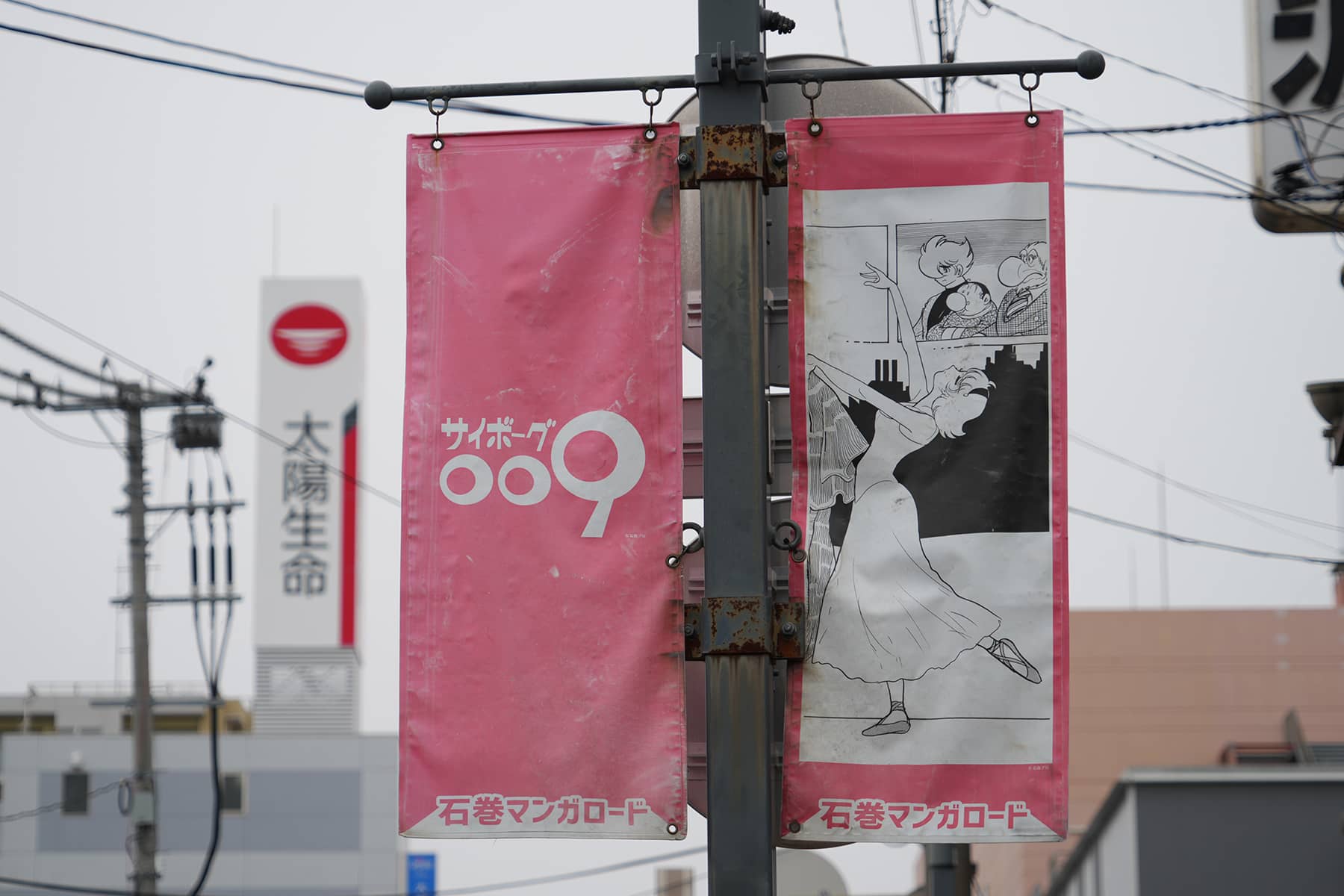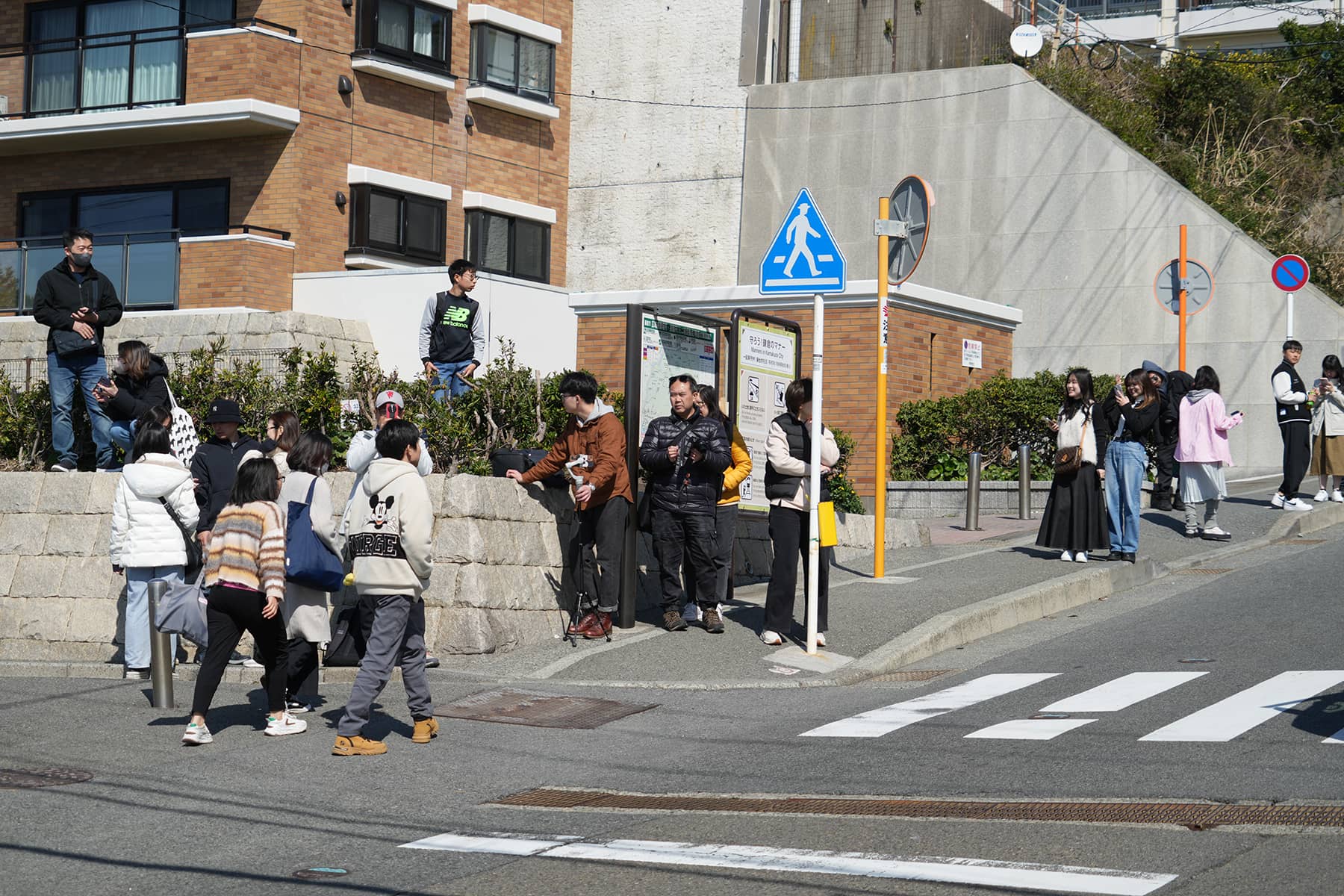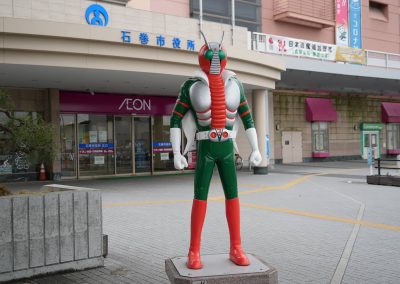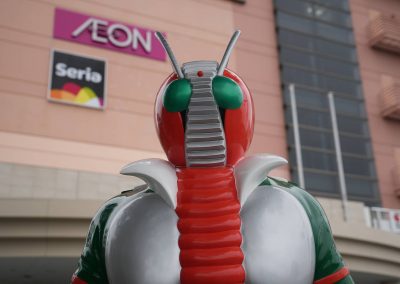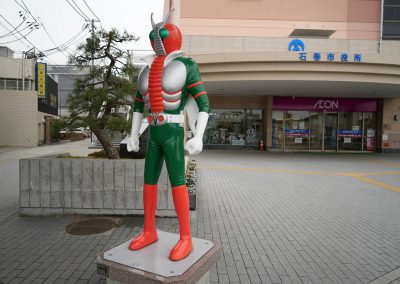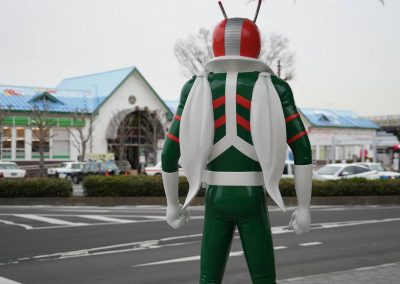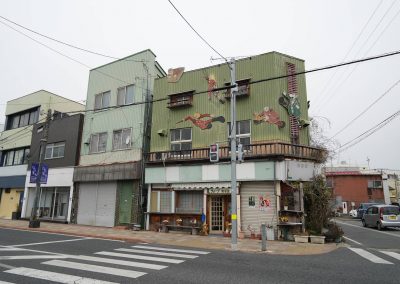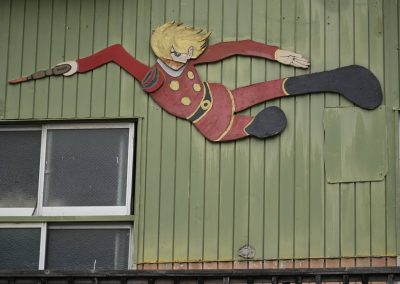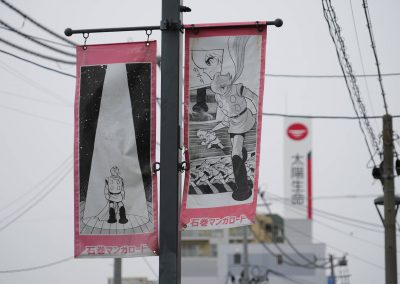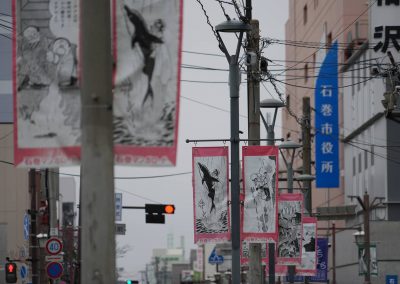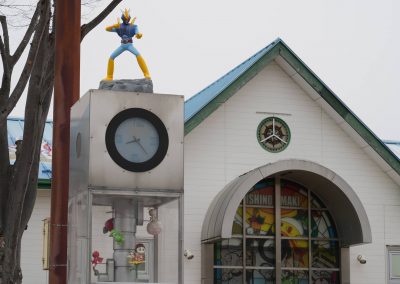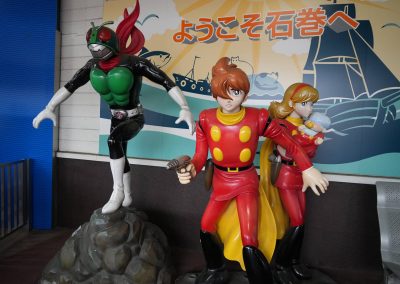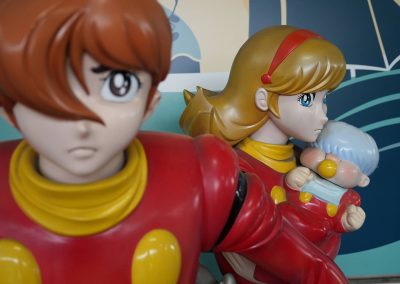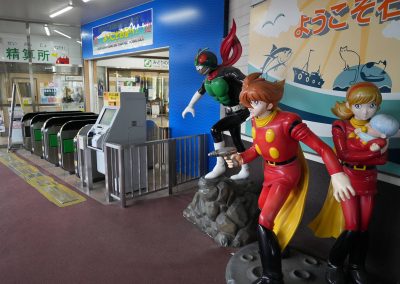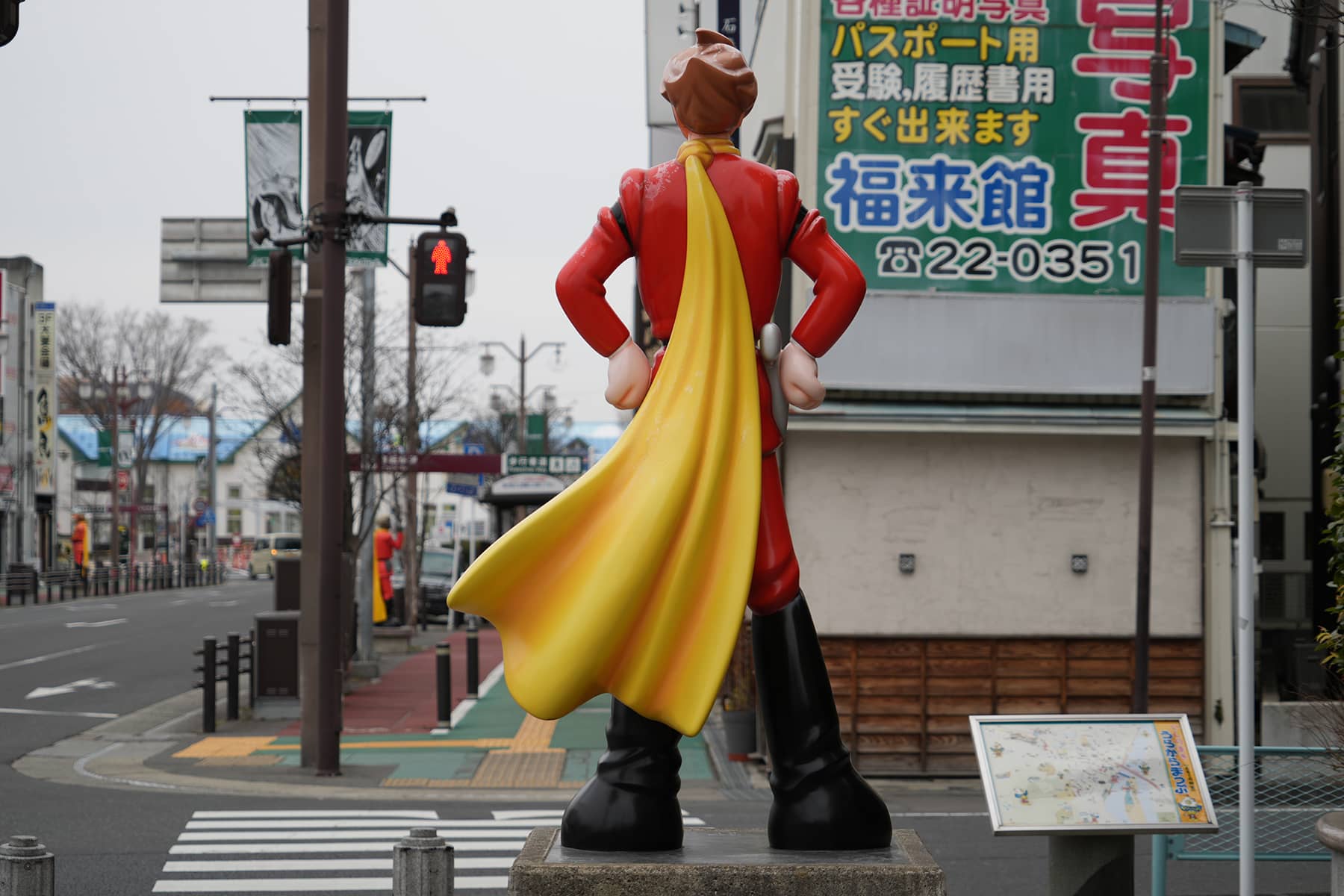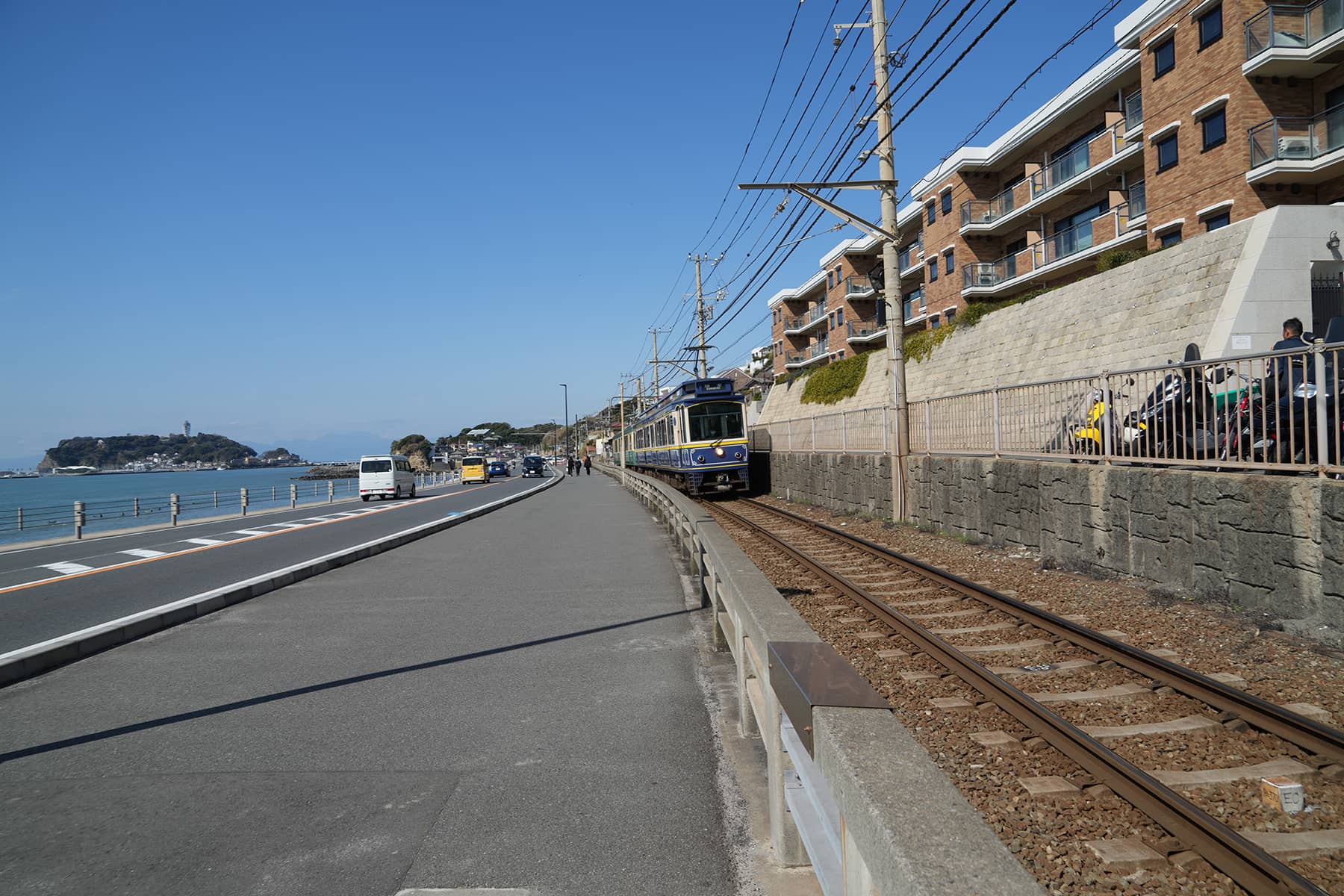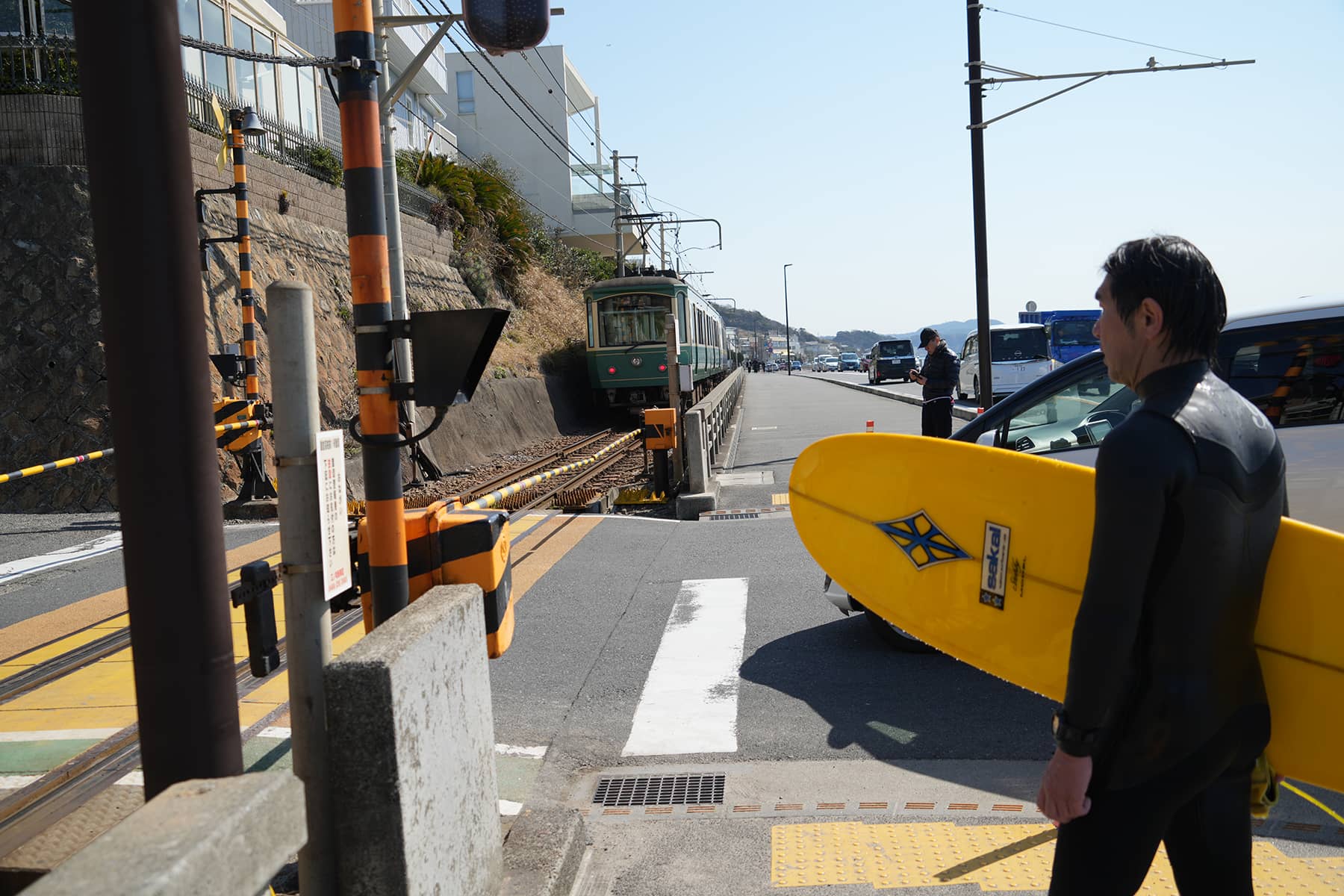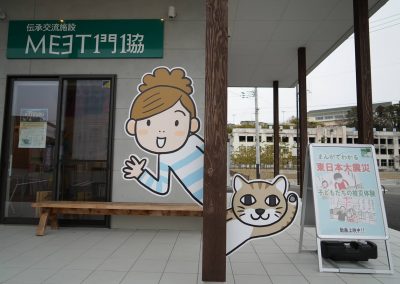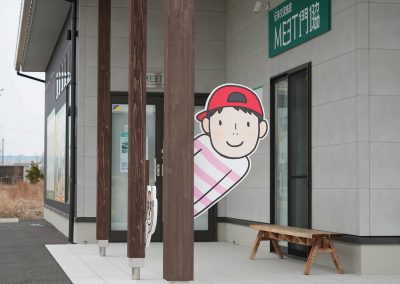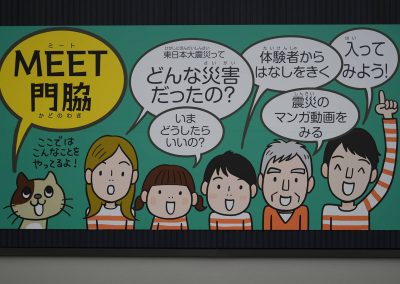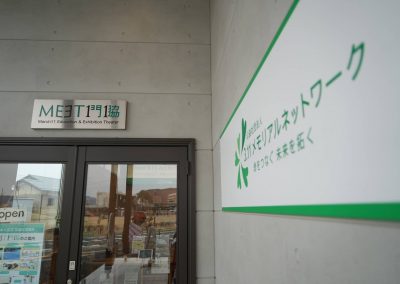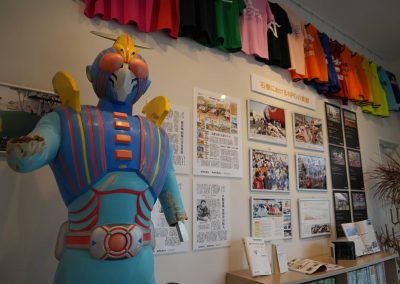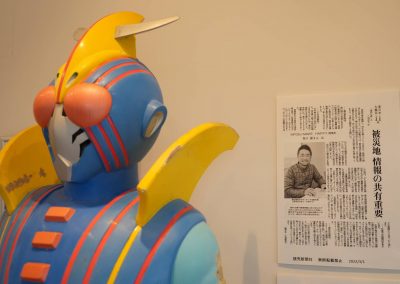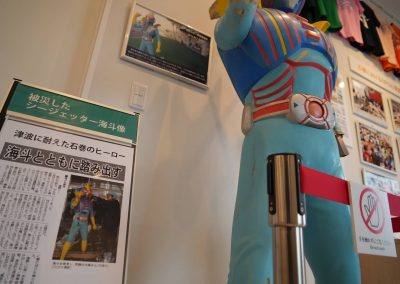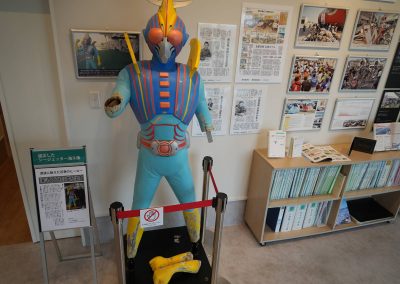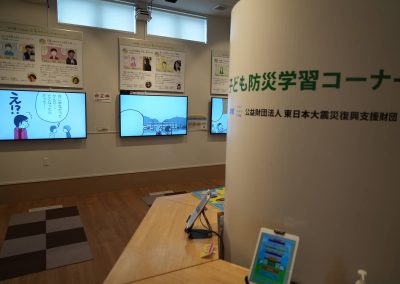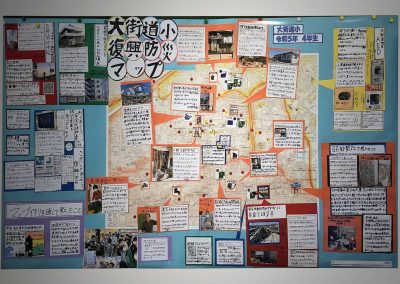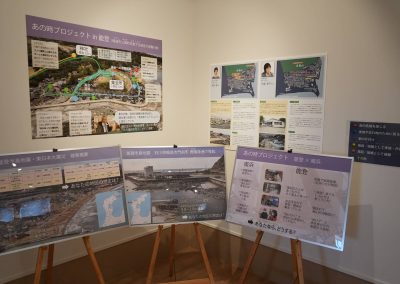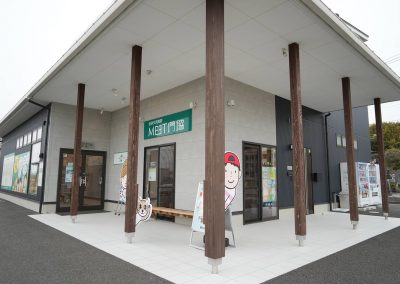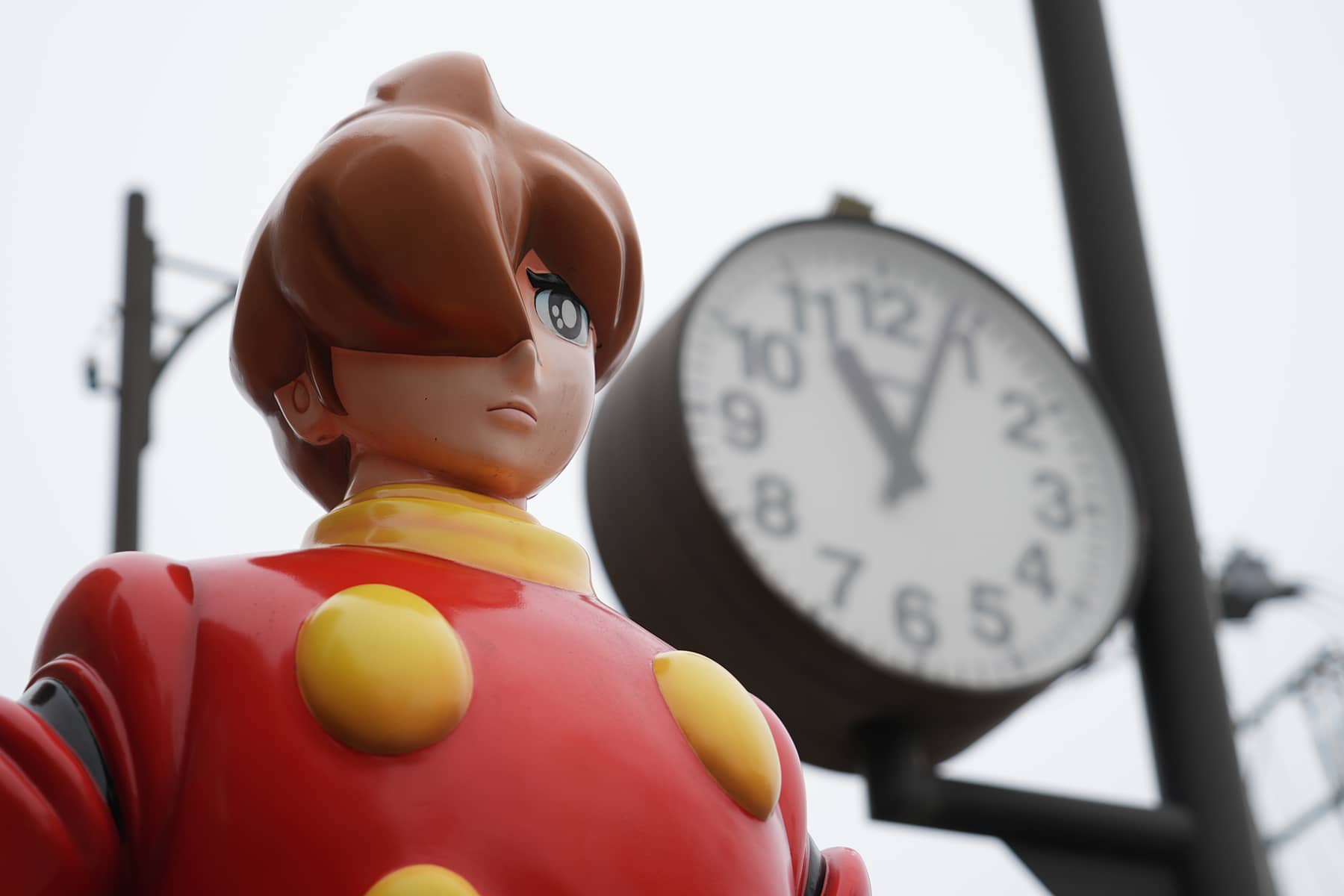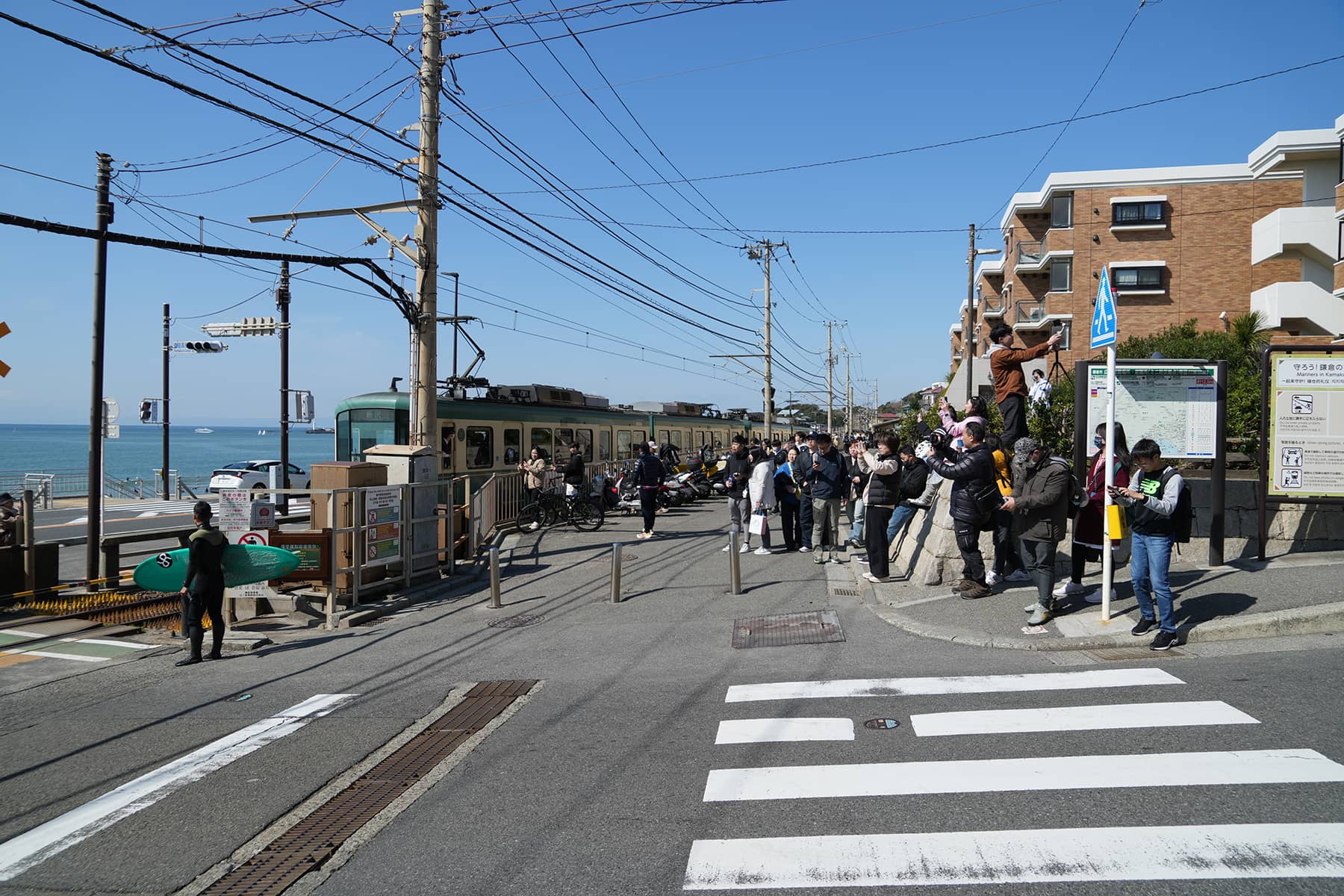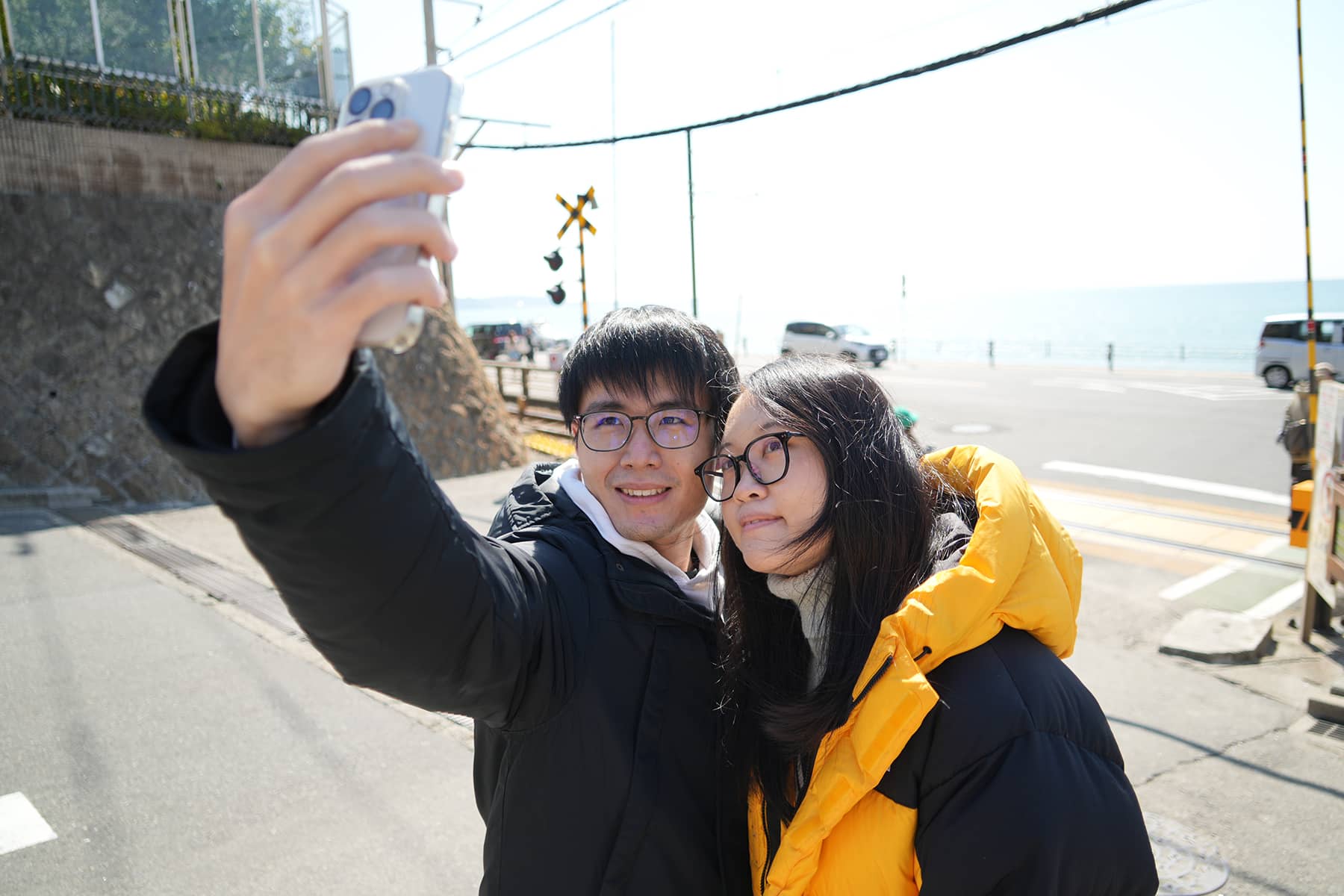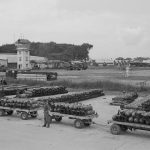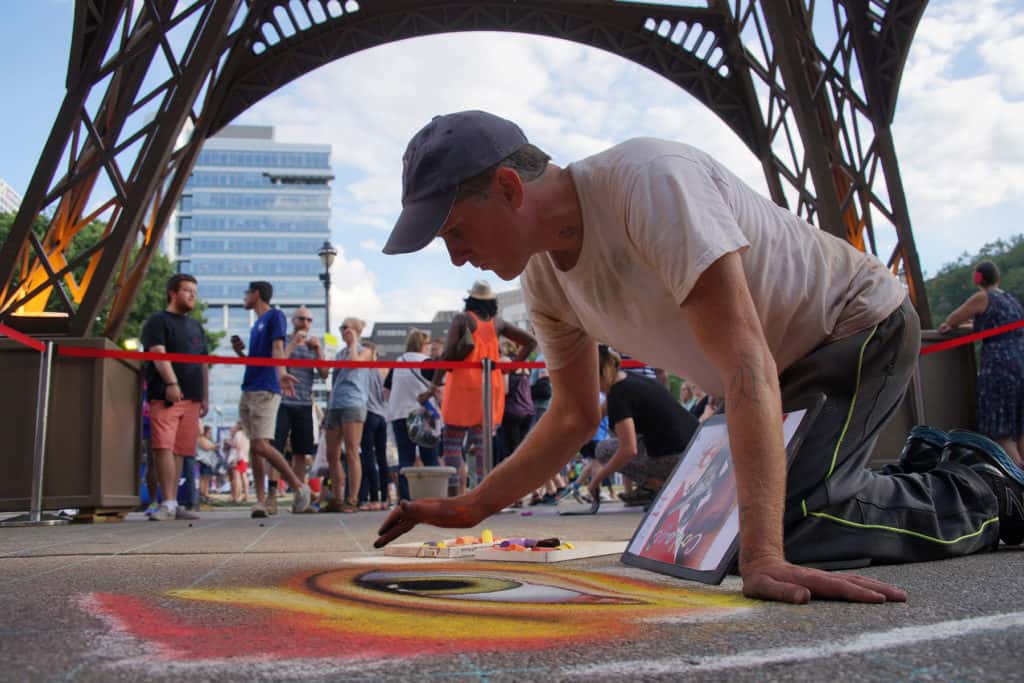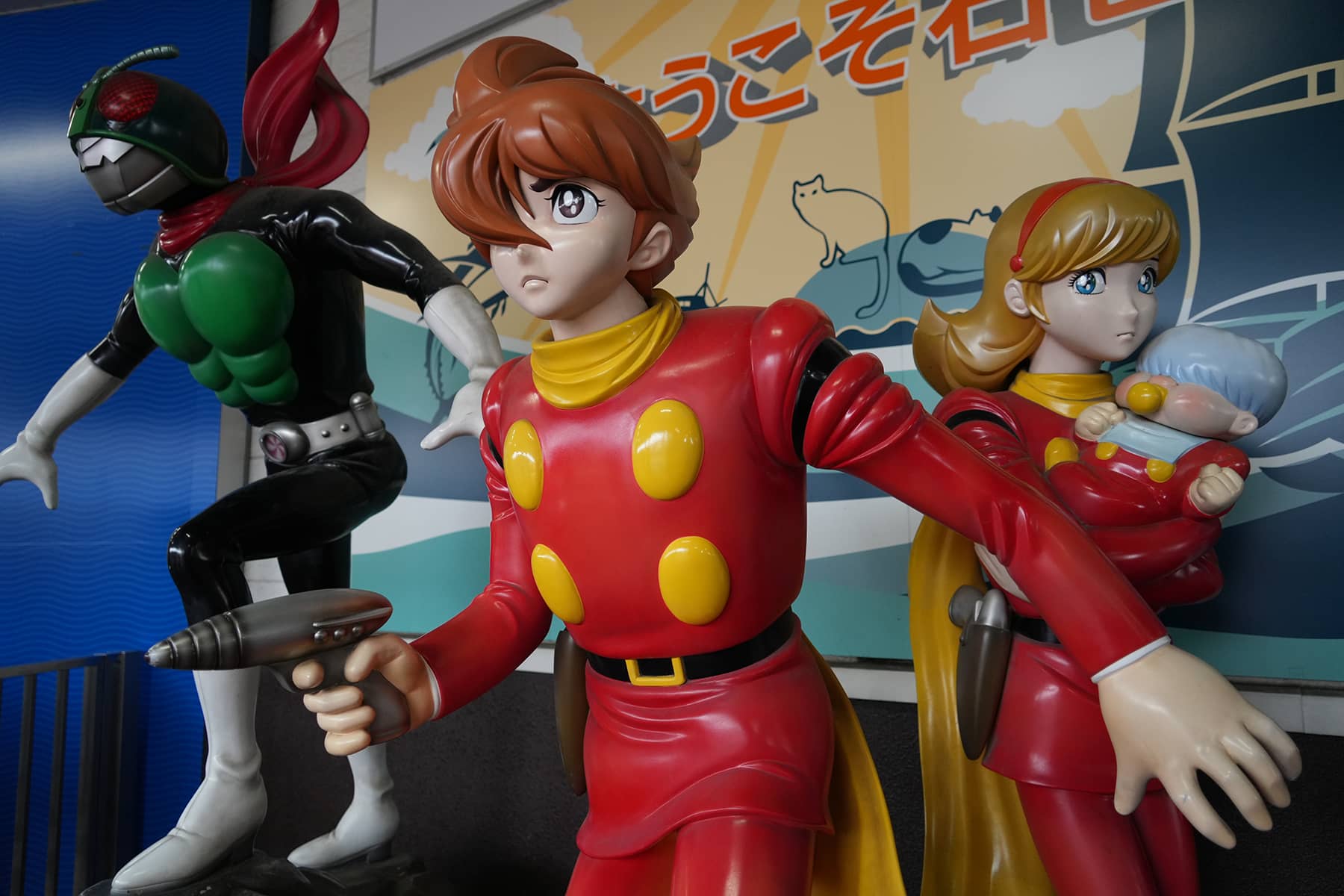
Otaku tourism has thrived in Japan largely due to the country’s unmatched creativity for producing anime and manga, which have captivated audiences worldwide for decades. Fans flock to various locations around the country, real or inspired, to immerse themselves in the worlds of their favorite characters, seeking a deeper connection to the stories they love.
The coastal city of Ishinomaki in Miyagi Prefecture became synonymous with Japanese popular culture in the Golden Age of the late 1960s to early 1980s, largely due to its association with the legendary manga artist, Shotaro Ishinomori.
Often referred to as the Japanese Stan Lee, Ishinomori has been celebrated over the decades for his vast contributions to the manga and tokusatsu genres, marking his legacy as one of the most prolific artists globally.
Recognized by the Guinness Book of World Records in 2008 for his unparalleled productivity, Ishinomori’s work spans over 120,000 pages, 700 chapters, and more than 2,000 episodes of anime and tokusatsu. His creations, including the legendary “Cyborg 009” and the foundational series for the “Super Sentai” and “Kamen Rider” franchises, have profoundly influenced Japanese media and beyond.
Ishinomori’s legacy continues to inspire and unite the global community, especially in the wake of the devastating March 11, 2011 earthquake and tsunami. On that fateful day, Ishinomaki suffered immense loss when more than 3,000 of its residents were claimed by the disaster.
Among the key figures in the city’s arduous journey to recovery was Seitaro Omori, the general manager of Machizukuri Manbow Company which oversaw the Ishinomori Manga Museum. The museum, dedicated to Ishinomori’s work, became a symbol of hope and a center for community rebuilding efforts.
Omori, who was at the museum when the tsunami struck, played a pivotal role in the immediate aftermath and the longer-term recovery of Ishinomaki. Situated on a small island in the Kyukitakami River, the museum was cut off when the disaster destroyed access by bridges. Even so, the facility provided refuge to those stranded. It became a makeshift shelter where survivors found solace among Ishinomori’s creations.
The path to rebuilding Ishinomaki involved leveraging Ishinomori’s manga legacy as a source of inspiration. In April 2011, despite the majority of the museum staff losing their jobs, they volunteered to clean up the facility and contribute to the city’s recovery.
The Ishinomori Manga Museum reopened in 2012 and has since returned to its former glory, attracting visitors with its rich collection of illustrations and the spirit of its namesake. Ishinomori’s career took off after his mentorship with Osamu Tezuka, the “God of Manga,” transitioning from adaptations of classical literary works to original titles that would define his legacy.
“Cyborg 009,” born from the Cold War era’s intrigue, became synonymous with Ishinomori and reflected the thematic concerns of identity and peace that were central to his work. His stories resonated with the post-war generation in Japan, offering a narrative that spoke to the era’s children as they navigated a rapidly changing world.
In the 1970s, Ishinomori’s career took a pivotal turn with the creation of “Kamen Rider,” a tokusatsu series about a cyborg hero fighting against an evil organization. The international phenomenon, “Mighty Morphin Power Rangers” was inspired by Ishinomori’s initial concept for a team of heroes that later evolved into the “Super Sentai” franchise.
The city of Ishinomaki has honored Ishinomori and his work with a “Manga Road.” The area around the town from JR Ishinomaki Station to Ishinomori Manga Museum is filled with statues of his manga characters. Originally displaying only five characters from 2001, more were added gradually over the years.
There are currently 28 manga characters around town, with plans to add more in the future. In addition to the statues, the manga characters can be found on signage practically everywhere in downtown. There are even large maps every few blocks that help visitors locate all or just their favorite characters.
Elsewhere in the ancient city of Kamakura in Kanagawa Prefecture, the tourist zeal for Japanese anime has taken a darker turn over the years. Local officials have been implementing stricter measures at a railroad crossing famed among fans of the basketball manga and anime series “Slam Dunk.”
The crossing, located near Kamakurakokomae Station on the Enoshima Electric Railway, has seen an increase in nuisance behavior from tourists, including taking photos on the roadway, prompting safety and local disturbance concerns. The site gained fame from its appearance in the anime’s opening credits and attracts numerous fans, especially from China and South Korea, where “Slam Dunk” enjoys significant popularity.
The surge in visitors, particularly following the lifting of China’s COVID-19 ban on group tours and the release of a new “Slam Dunk” movie in China and South Korea, has led to overcrowding and traffic issues.
Kamakura’s government had previously deployed security guards during weekends, Golden Week, and Chinese national holidays. It is now extending those plans to weekdays, in order to manage the spike of parking issues and congestion at the crossing.
To combat the issue and promote respectful tourism, the city is also distributing multilingual leaflets outlining proper behavior, including respecting private property and avoiding littering. City officials hope that the measures will enhance safety and encourage better manners among visitors, addressing the challenges of the disruptive “over-tourism” at the beloved site.
3.11 Exploring Fukushima
- Journey to Japan: A photojournalist’s diary from the ruins of Tōhoku 13 years later
- Timeline of Tragedy: A look back at the long struggle since Fukushima's 2011 triple disaster
- New Year's Aftershock: Memories of Fukushima fuels concern for recovery in Noto Peninsula
- Lessons for future generations: Memorial Museum in Futaba marks 13 years since 3.11 Disaster
- In Silence and Solidarity: Japan Remembers the thousands lost to earthquake and tsunami in 2011
- Fukushima's Legacy: Condition of melted nuclear reactors still unclear 13 years after disaster
- Seafood Safety: Profits surge as Japanese consumers rally behind Fukushima's fishing industry
- Radioactive Waste: IAEA confirms water discharge from ruined nuclear plant meets safety standards
- Technical Hurdles for TEPCO: Critics question 2051 deadline for decommissioning Fukushima
- In the shadow of silence: Exploring Fukushima's abandoned lands that remain frozen in time
- Spiral Staircase of Life: Tōhoku museums preserve echoes of March 11 for future generations
- Retracing Our Steps: A review of the project that documented nuclear refugees returning home
- Noriko Abe: Continuing a family legacy of hospitality to guide Minamisanriku's recovery
- Voices of Kataribe: Storytellers share personal accounts of earthquake and tsunami in Tōhoku
- Moai of Minamisanriku: How a bond with Chile forged a learning hub for disaster preparedness
- Focus on the Future: Futaba Project aims to rebuild dreams and repopulate its community
- Junko Yagi: Pioneering a grassroots revival of local businesses in rural Onagawa
- Diving into darkness: The story of Yasuo Takamatsu's search for his missing wife
- Solace and Sake: Chūson-ji Temple and Sekinoichi Shuzo share centuries of tradition in Iwate
- Heartbeat of Miyagi: Community center offers space to engage with Sendai's unyielding spirit
- Unseen Scars: Survivors in Tōhoku reflect on more than a decade of trauma, recovery, and hope
- Running into history: The day Milwaukee Independent stumbled upon a marathon in Tokyo
- Roman Kashpur: Ukrainian war hero conquers Tokyo Marathon 2024 with prosthetic leg
- From Rails to Roads: BRT offers flexible transit solutions for disaster-struck communities
- From Snow to Sakura: Japan’s cherry blossom season feels economic impact of climate change
- Potholes on the Manga Road: Ishinomaki and Kamakura navigate the challenges of anime tourism
- The Ako Incident: Honoring the 47 Ronin’s legendary samurai loyalty at Sengakuji Temple
- "Shōgun" Reimagined: Ambitious TV series updates epic historical drama about feudal Japan
- Enchanting Hollywood: Japanese cinema celebrates Oscar wins by Hayao Miyazaki and Godzilla
- Toxic Tourists: Geisha District in Kyoto cracks down on over-zealous visitors with new rules
- Medieval Healing: "The Tale of Genji" offers insight into mysteries of Japanese medicine
- Aesthetic of Wabi-Sabi: Finding beauty and harmony in the unfinished and imperfect
- Riken Yamamoto: Japanese architect wins Pritzker Prize for community-centric designs
MI Staff (Japan)
Lее Mаtz
Toei Animation
3.11 Exploring Fukushima: The Tōhoku region of Japan experienced one of the worst natural disasters ever recorded when a powerful earthquake was followed by a massive tsunami, and triggered an unprecedented nuclear crisis in 2011. With a personal connection to the tragedies, Milwaukee Independent returned for the first time in 13 years to attend events commemorating the March 11 anniversary. The purpose of the journalism project included interviews with survivors about their challenges over the past decade, reviews of rebuilt cities that had been washed away by the ocean, and visits to newly opened areas that had been left barren by radiation. This special editorial series offers a detailed look at a situation that will continue to have a daily global impact for generations. mkeind.com/exploringfukushima

